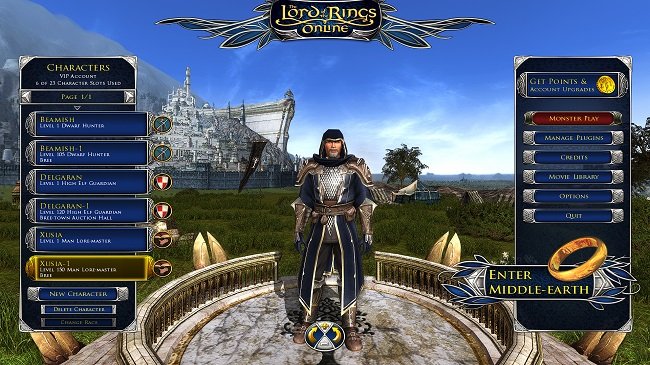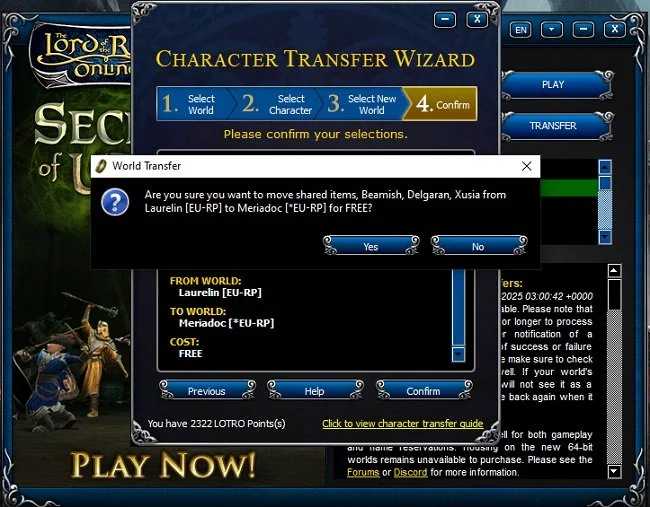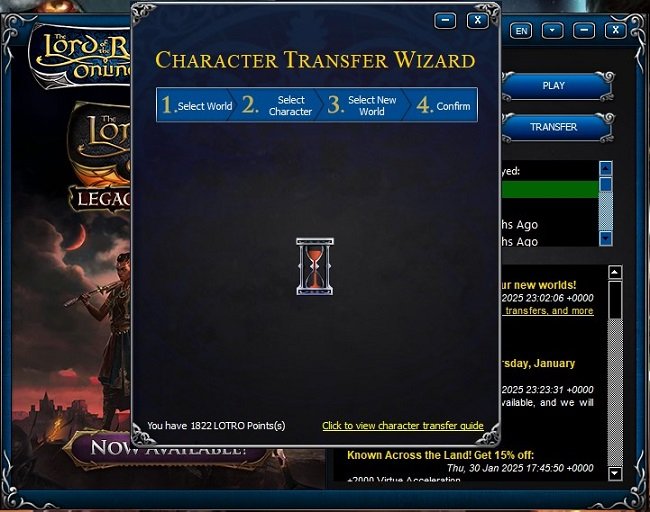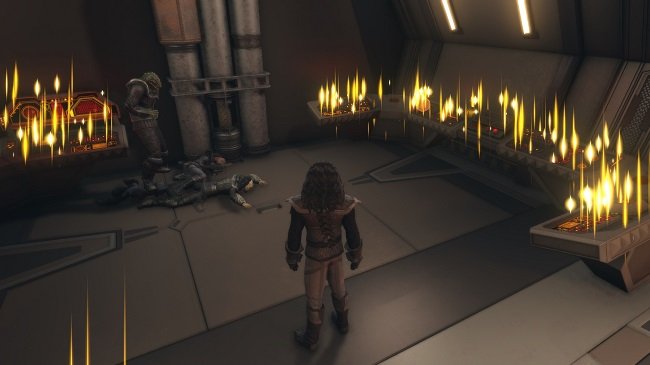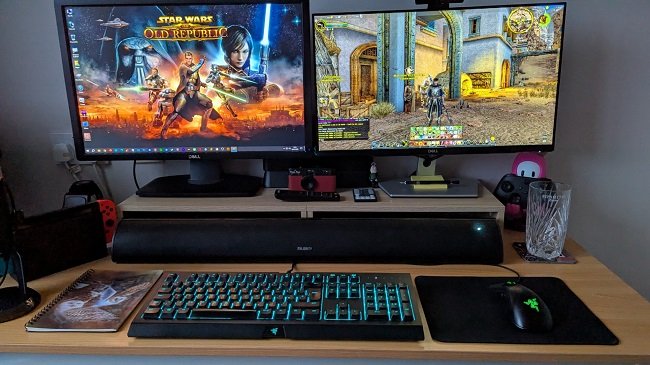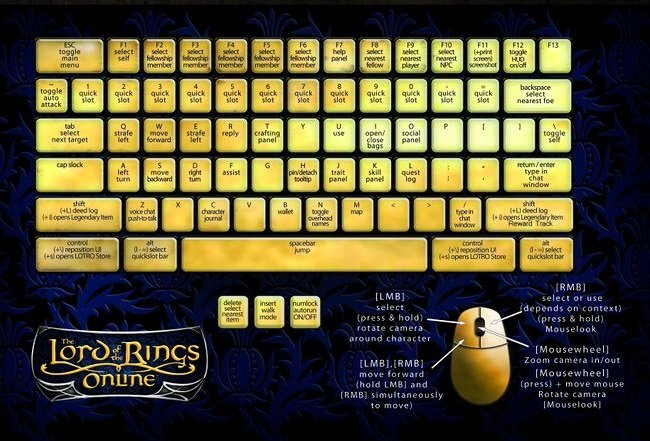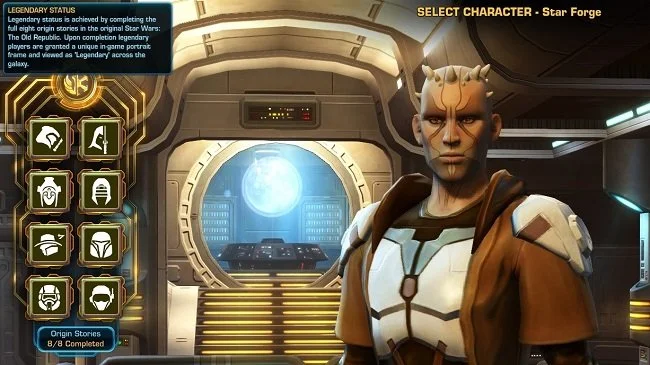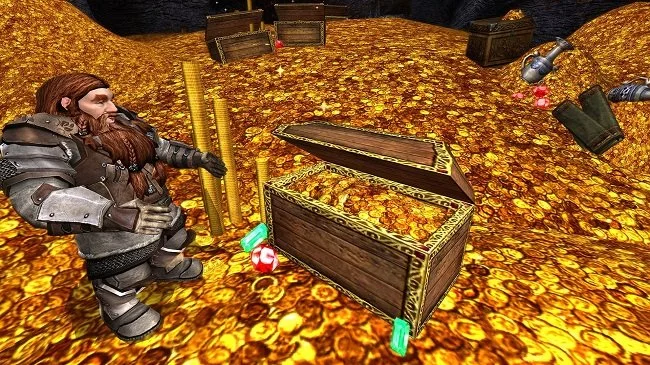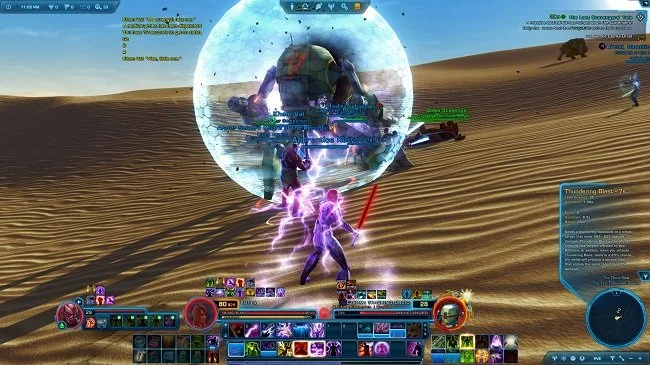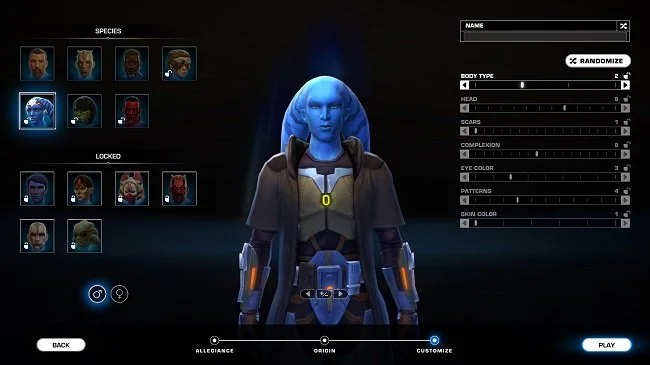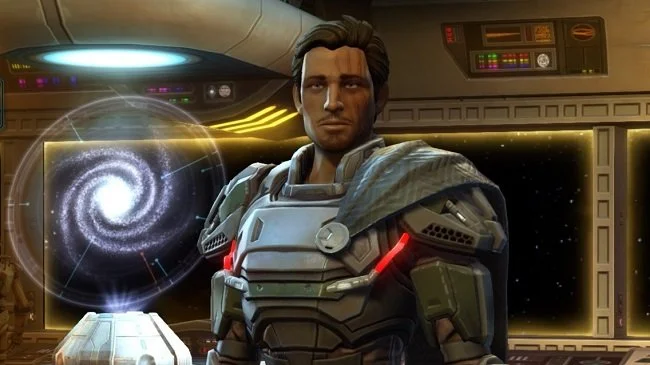Game Graphics: A Question of Aesthetics and Personal Taste
The "cartoon versus realistic graphics" debate is a perennial one and regularly appears on gaming websites, often on slow news days. A variation of this question appeared on Massively Overpowered yesterday and reminded me once again that a games aesthetic is a really important selling point and that players tastes are far from universal. There’s a lot of buzz at present associated with the indie run and gun platform game, Cuphead. The game has a striking visual design inspired by the work of Polish-American animator Max Fleischer. Think Betty Boop, Popeye and Color Classics (which were a direct rival of Walt Disney's Silly Symphonies). It certainly gives the game a charismatic look and feel, making it stand out from the crowd. However, choosing such a radical style can also have a very polarising effect. Where some may find a quaint charm in the graphic design, others may abhor it.
There are many reasons why a developer may elect to choose a specific visual style when creating their game. Firstly, it may be a question of choosing a visual aesthetic that matches the idiom of the content or genre. Would an ultra-realistic Mario Kart be as charming as the its present incarnation? Production design (or whatever the appropriate gaming terminology is) sets the tone and can greatly influence consumers perception of the game. When WildStar was in development, I remember watching various videos that promoted the game. They had a very knowing and tongue in cheek tone. Despite the games science fiction setting it expressed this in a very satirical manner. That allowed for all established genre tropes and clichés to be utilised under the blanket of postmodern irony. The new MMO Wild West Online has elected for a more graphically realistic aesthetic. However, it has chosen the look and feel of the Hollywood West, rather than an historically accurate one.
Graphics also have an impact upon such things as a games rating, which can be an important factor when it comes to sales and marketing. Although a percentage of parent and stores are oblivious to ratings, there are those who do take a keen interest in a games content. Characters exploding in a puff of smoke, followed by a cartoon skull falling to the ground in a comical fashion, is a different kettle of fish to wall to wall blood and gore. A game graphic style, if cleverly done, can mitigate violence, potential offence and fosters an entirely different atmosphere. Conversely, the hyper realism of some games, particularly those in the RPG and FPS genres, bolsters the drama and th atmosphere that they are trying to create. It becomes a selling point in itself. This is why Lego games opt for the former and titles such as Middle-earth: Shadow of War and World War II, latest instalment of Call of Duty, elect for the latter.
Then of course there are technical factors to consider. Cutting edge PC graphics often need cutting edge hardware to run on. Not everyone has high end gaming rigs at their disposal. Console systems have set specifications that cannot be upgraded and therefore can only perform up to a certain standard. By opting to create a game that has a very stylised graphics, performance overheads can be lowered and developers can produce a product that can run on a very broad range of hardware. Increasing accessibility is always good for business. Excluding customers or forcing them into a hardware upgrade is a riskier strategy, although PC gamers do tend to embrace the notion of change more freely than other groups. This is one of the reasons why the MMO genre often has a look and feel that is somewhat dated compared to single player games. It has to ensure that its product is scalable to a broader set of customers and can accommodate the additional technical pressures that multiplayer environments create.
However, logical arguments aside, gamers often have preferences regarding graphics based on far more emotive considerations. One must never under estimate the power of consumers personal preferences and tastes. We are a species that rightly or wrongly, place a great deal of stock on aesthetics. Our choice of foods, clothes, interior design, even those we form relationships with is frequently influenced by our own personal views of beauty, or prevailing cultural trends. I personally like the realism achieved by Frostbite 3 engine from DICE. The preview footage available for Star Wars Battlefront II is outstanding. I would love to see an MMO powered by it, although that is unlikely to happened due to licencing costs and the impact it would have on the minimum specifications required to run the game. Conversely, this is why World of Warcraft looks the way it does. I’m not a fan of that particular design style, although I totally understand why the developers elected to make such a choice.
On a positive note, there are many players who will side line their personal graphical likes and dislikes if a title offers good game play. Then there is the recent trend of remastering games and giving old classics a fresh paint job. And let us not forget those titles that are mod friendly. These offer players a further opportunity to correct those visual aspects they don’t like. All of which goes to show that beauty truly does lie in the eye of the beholder. Game developers cannot please everyone, all the time and the reality is that they recognise that they’ll always lose a percentage of potential sales over a game’s looks. As much as I like the merits of logical thinking it is not the driving force behind human decision making. Therefore, the cartoon versus realistic graphics debate is ultimately redundant. There is no right or wrong answer, just individual preference.

